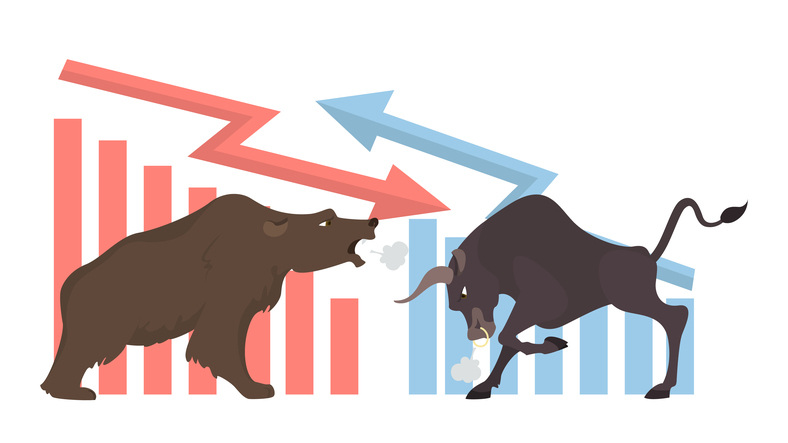
Up, Down, Repeat. Yesterday’s markets could have been a featured ride at your favorite theme park as it catapulted investors straight up, wrenched them straight down, only to bounce them up again. Yeah, it was that kind of day. Metaphors aside, markets started the day on a very positive leg with economic numbers coming in slightly positive but they quickly lost their steam as the buying ceased. And then came a report that the UK was considering a digital services tax which sparked selling in the tech sector causing the broader markets to sell off. Then came a report that the Administration was prepared to issue a broader tariff on China if talks are unsuccessful next month which sent the markets into a tail spin. Dip buyers, which have been noticeably absent recently, returned helping to ease the pain reversing some of the losses in the last 15 minutes of trade. The end result was a painfully volatile day for investors that could have been worse. The S&P 500 briefly flirted with correction territory yesterday but managed to close above it but it still remains risk off, as does the Dow Jones, the Russell 2000, and the NASDAQ. Volatility remains high and bonds continue to trade in a range with the ten year treasury at around 3.10%. Where does that leave us? It is clear that investors are on edge based on extreme market responses to news reports and releases, but many would argue that the moves are quite normal in the big picture. Market corrections and consolidations are normal and must be expected, and yes tolerated by long term investors.
Though it is difficult, and in fact painful watching portfolios give up gains, investors need to stay disciplined and focus on their longer term goals. There is no straight path in investments, but there are less bumpy ones for those that don’t like the big ups and downs. Lower volatility portfolios, which rely less on equities can still lose money and drawdowns are smaller, but they also earn less in the long run. It comes down to personal preference and timing. Investors who cannot afford to risk principle because it will be needed in a short time frame should be invested in lower volatility instruments. Longer term investors may also choose to invest in lower volatility portfolios if they simply don’t like the extreme bumps but can expect lower long term gains. Call your investment advisor to help you make sense of the current market volatility and to help you select the right portfolio for your objectives and taste.
Today will be another day of volatility starting with a number of pre-market earnings releases from many industries including Pharma, Materials, Financials, Discretionary, and Staples. Continuing the theme of this earnings season, releases will be carefully scrutinized for future signs of slow downs in growth. Any of these pre-market releases can set the tone for today’s trading. After the bell, we get a number of releases as well including Facebook, which will leave only one final FAANG stock, Apple who will release their earnings on Thursday. Also this morning we will receive the Conference Board’s Consumer Confidence indicator and it is expected to come in at 135.9 versus last month’s 138.4. These numbers are their highest levels since late 2000, just for some context. Finally, WHILE YOU SLEPT, President Trump was quoted as saying that he expects a “Great deal” with China. Equity futures traded up slightly on the news, which was in sharp contrast to the news that hit the tape yesterday afternoon.
.png)

